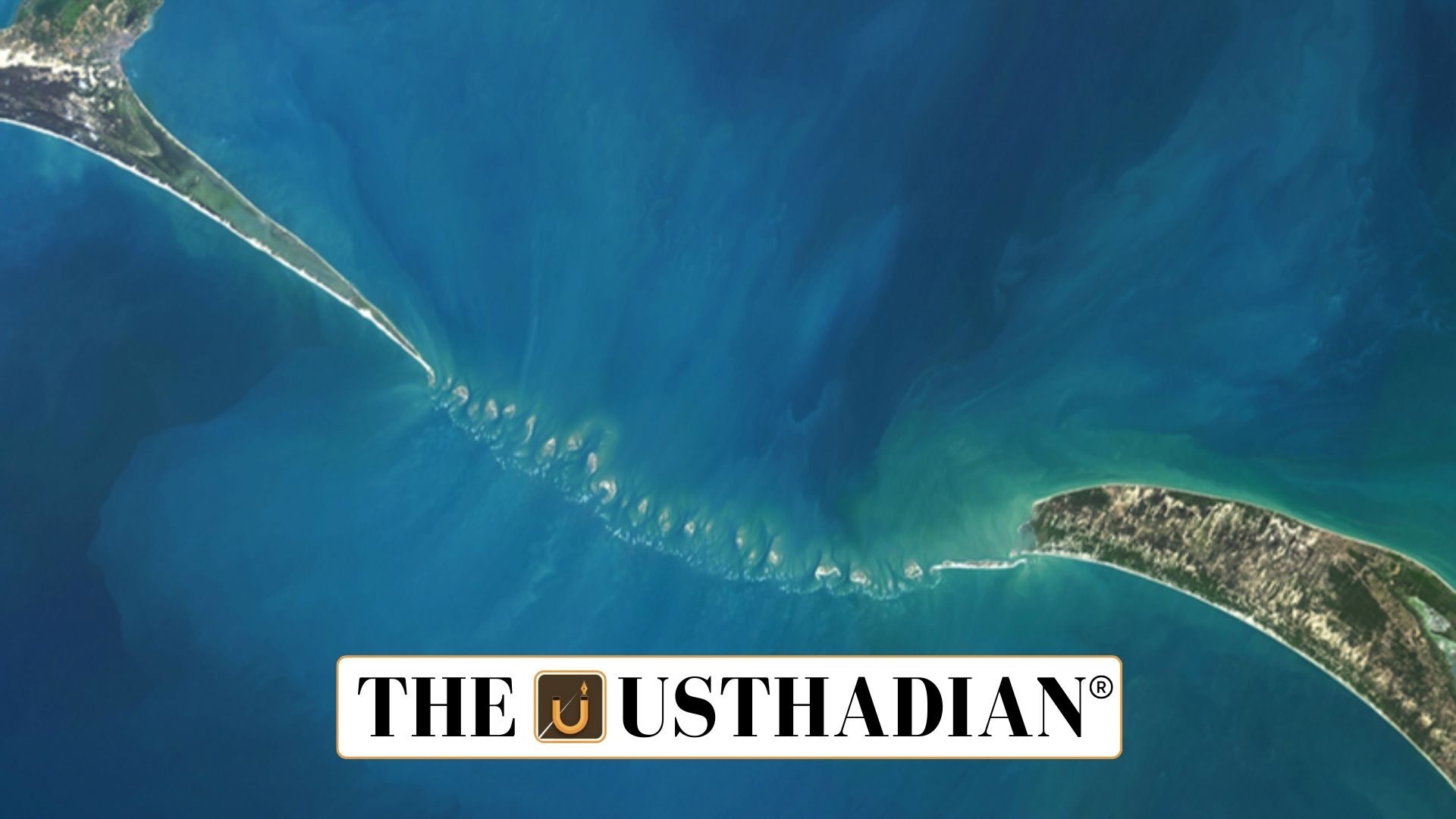Southern Ocean swells and India
Sri Lanka’s Role in Shielding India from Southern Ocean Swells: Recent studies highlight that the Sri Lanka landmass plays a critical role in protecting India’s east coast from massive Southern Ocean swells. Without this natural barrier, strong waves could directly hit the Bay of Bengal, leading to severe flooding and erosion along states such as Tamil Nadu, Andhra Pradesh, and Odisha.
What are swell waves
Swell waves are long-wavelength ocean waves that travel thousands of kilometers from their point of origin. They are generated by windstorms or strong atmospheric currents over the Southern Ocean. Unlike regular sea waves, they move independently of local winds or tides.
Static GK fact: The Southern Ocean was officially recognized as the fifth ocean of the world in 2000 by the International Hydrographic Organization.
Special feature of swell waves
These waves often pass unnoticed as they lack surface whitecaps and are difficult for satellites to track. Their low frequency makes them dangerous because they can arrive suddenly on coastlines without much warning. In India, they are also called Kallakkadal waves.
Static GK tip: The term “Kallakkadal” was officially accepted by UNESCO in 2012 for scientific usage.
Risk for Indian east coast
If the protective landmass of Sri Lanka were absent, swells from the Southern Ocean could directly strike the Coromandel Coast. This would accelerate shoreline erosion, damage fishing villages, and increase the flooding risk for low-lying coastal areas. The impact would be particularly dangerous during cyclonic seasons when coastal states are already vulnerable.
Importance of Sri Lanka’s geography
Sri Lanka’s strategic geographic location acts as a natural breakwater, diverting and absorbing the energy of approaching swells. The island nation has historically shielded India’s eastern coast from oceanic turbulence. This natural protection underlines the importance of regional cooperation in disaster risk reduction and coastal management.
Static GK fact: The Bay of Bengal is the largest bay in the world, covering about 2.17 million square kilometers.
Climate change dimension
With rising sea levels and more frequent windstorms in the Southern Ocean, the role of Sri Lanka’s landmass becomes even more critical. Any change in the monsoon wind patterns or global warming-induced ocean activity could amplify the size and frequency of swell waves. This makes it vital for India to strengthen its coastal resilience strategies.
Static Usthadian Current Affairs Table
Sri Lanka’s Role in Shielding India from Southern Ocean Swells:
| Topic | Detail |
| Study finding | Sri Lanka landmass blocks Southern Ocean swells from hitting India’s east coast |
| Main threat | Flooding and erosion along Tamil Nadu, Andhra Pradesh, Odisha coasts |
| Swell wave origin | Generated by strong windstorms and atmospheric currents in the Southern Ocean |
| Swell wave nature | Long-wavelength, low-frequency, not affected by local winds or tides |
| Detection issue | Often invisible to satellites due to lack of whitecaps |
| Local name in India | Kallakkadal waves |
| UNESCO recognition | “Kallakkadal” term approved in 2012 |
| Strategic role of Sri Lanka | Acts as a natural barrier reducing wave impact |
| Climate factor | Global warming and windstorm intensity increase swell risks |
| Static GK fact | Bay of Bengal is the largest bay in the world |








